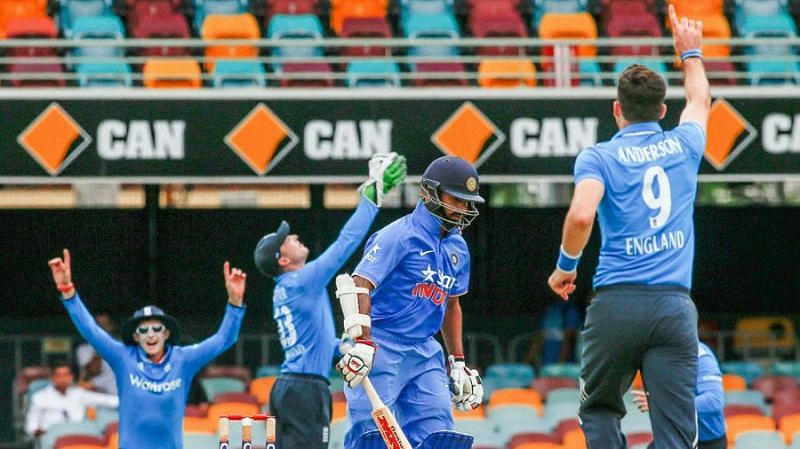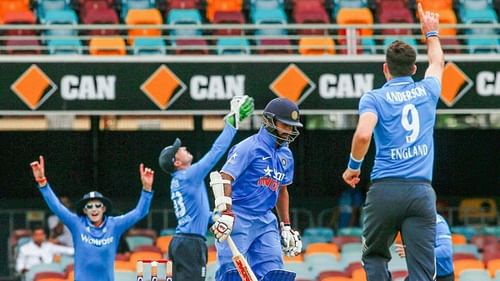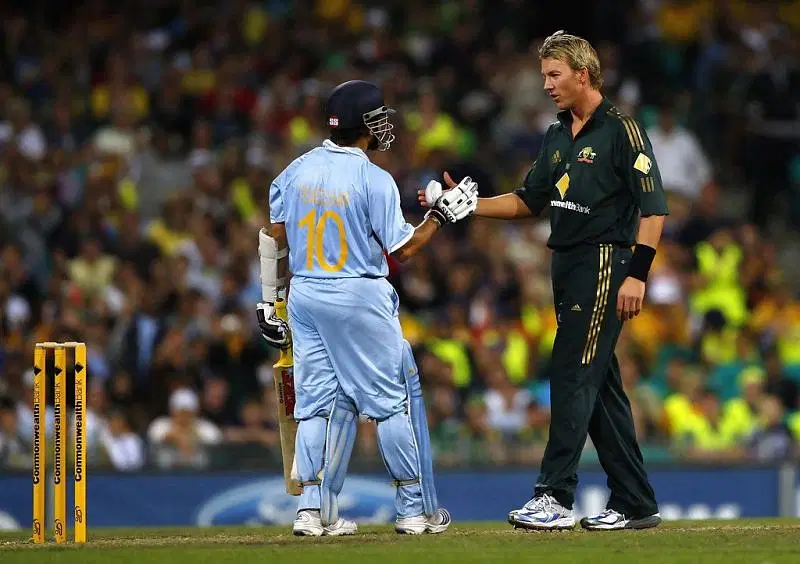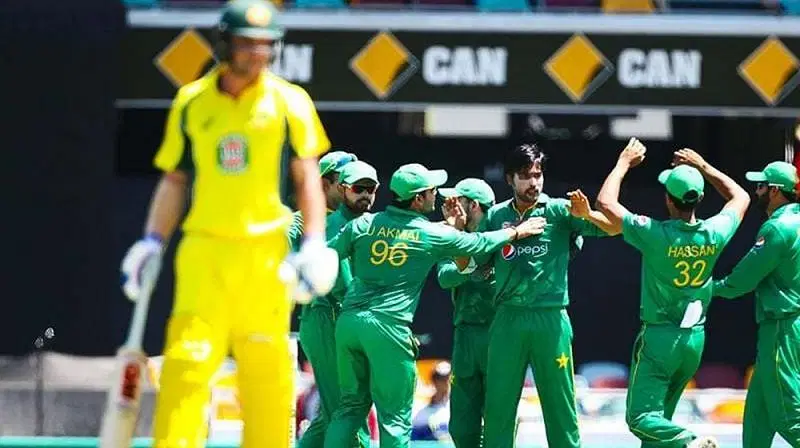
How the tri-series format can make ODIs more exciting

Over the years, the number of ODIs being played has only increased, but curiously the number of tri-series have come down quite rapidly. All the cricket boards are scheduling tours as per the ICC Future Tours Programme (FTP) and they have decidedly skewed towards bilateral one-day series. The multi-nation tournaments are either the Asia Cup or ICC marquee events.
The absence of proper context is what is hampering the bilateral one-day series that are now prevalent, ubiquitous in fact. The ICC and its team ranking points system don't lead to anything except for an automatic World Cup slot.
With a handful of nations in the mix of things, it doesn't make much difference to a bilateral series. This is not to say that bilateral series are not keeping the viewers glued. Bilaterals can be interesting too, but in the times of conditions being increasingly advantageous to the home team, tight games are a premium, let alone a tight series between two nations.

A tri-series brings extra variables to the equation. More gravy to stir the pot. Three closely matched nations contesting three round-robins and a final brings better cricket and storylines. That's 10 games, the same as two 5-match bilateral ODI series.
The abandonment of the traditional Australian summer tri-series is, therefore, a major setback to the format. It had at least four round robins and a best of three finals, ensuring a high-quality ODI series.
India was a regular invitee to tri-series played all over the world. Some of India's finest and most memorable victories in ODIs have come in a tri-series - the Titan Cup in 1996, Independence Cup in 1998, the Natwest Trophy in 2002, the CB series in 2008.
And it is not a problem that can't be solved. It is in fact an opportunity. Often a home season for a nation involves two nations visiting one after the other. Instead, if the first nation plays the Test series with the home nation followed by a tri-series involving the third nation, and the third nation and the home nation play a Test series, there can be a resurgence in the format.

Imagine the box-office potential of an Australia-India-South Africa ODI series Down Under, an England-India-New Zealand one in Kiwiland or a Australia-South-New Zealand tri-series in South Africa.
As a rider though, India's presence pretty much ensures the sponsors and advertisers, wherever they play - be it Florida, Birmingham or Johannesburg. Political compulsions prevent it but a Pakistan-India-England tri-series in UAE will be sold-out in a jiffy.
If bilateral Test series can be given marquee names and marketed viz The Patuadi Trophy, The Basil D'Oliveira Trophy or The Border-Gavaskar Trophy, what's stopping the boards to market a Botham-Dev-Hadlee Cup every three years or even perhaps a Southern Hemisphere Cup (Australia- South Africa-New Zealand), with rotating hosts. Public interest, ticket and television revenue will not be a problem for sure!